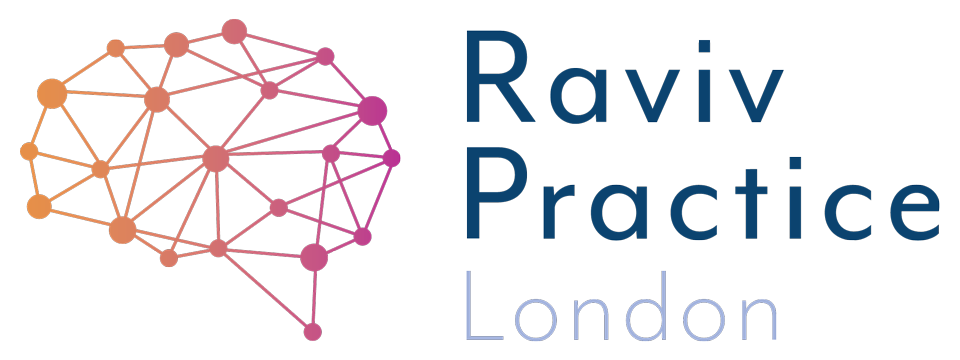Does my child have attachment disorder?
i
Does my child have attachment disorder ?
Jake was four years old when his parents asked a psychologist to observe him at nursery. At home, he was playful and communicative, but at nursery, he remained silent. Jake could speak in complete sentences without apparent language delays, yet the nursery staff had never heard him talk to other children or adults. Despite this, they were certain he understood everything.
The psychologist noted that Jake constantly observed others, his face filled with worry. During circle time, he appeared shy and hesitant to speak, often looking confused. When his parents collected him, he transformed into a completely different child—shouting, running into the road, or demanding something he had fixated on, like visiting 'Peppa Pig World' after school. Although frequently invited to birthday parties and initially excited about them, he would become overwhelmed and struggle to enjoy himself on the day.
Concerned, his parents shared their worries with the psychologist, who validated their concerns through her observations.
“She described her womb as - a space she associated with death.”
During a lengthy conversation, Jake's mother, in tears, admitted she had been reading about trauma and feared her son had experienced some form of early-life trauma. She revealed her history of recurrent miscarriages, often in the first trimester, before finally carrying Jake to term. She described her womb as 'a space she associated with death' and spent her pregnancy emotionally exhausted, terrified she would lose him too. She believed this anxiety had affected Jake in the womb, leading to difficulties in bonding. His behaviour, she felt, resembled signs of attachment disorder.
“Even in a silent room, he would ignore his name when called.”
What are Attachment Styles, how do they present?
1. Secure attachment: A securely attached baby trusts that their parents will return when they leave. They greet their parents joyfully, relying on them for comfort and security.
2. Avoidant attachment: A baby with an avoidant attachment does not acknowledge their parent's return and may turn away, resisting physical contact.
3. Ambivalent attachment: A baby becomes highly distressed when their parent leaves and remains distressed upon their return, clinging to them in fear of further separation.
4. Disorganised attachment: A baby displays confused behaviour, showing both avoidance and ambivalence. They may lash out at their parent upon their return.
Jake's behaviour suggested more than a straightforward attachment disorder. Initially, there were concerns about his hearing. He often seemed not to hear his parents, appearing lost in his own world. Even in a silent room, he would ignore his name when called.
Why Might a Child Feel Unsafe?
Children with a history of glue ear or frequent ear infections can miss crucial stages of language development, which can, in turn, lead to emotional distress, anxiety or trauma. Jake had suffered repeated ear infections, but his behaviour did not align with his nurturing home environment. He was a deeply loved and wanted child. Both parents worked from home and were almost always present, with nursery being his only time away from them.
Yet, something still did not make sense. Jake was highly sensitive to sudden sounds, often startled or frightened without an obvious reason.
“instead of reacting with frustration, she simply smiled”
Introducing the Safe and Sound Protocol
After listening to their concerns, I recommended the Safe and Sound Protocol (SSP) as a family intervention, starting with Jake's mum and then Jake himself.
I worked with Jake's mum for six weeks before Jake could begin, as she needed to reach a stable point first. Despite the delay, she noticed a shift within herself, which in turn influenced Jake. One day, when he lay down in the supermarket, instead of reacting with frustration, she simply smiled. Jake, instead of lashing out, smiled back. These sorts of small changes made a significant difference to their bond.
When he returned from nursery, he was calmer and, most notably, began talking more. He even started engaging with friends who visited their home, an incredible breakthrough.
Jake's Safe and Sound Journey
Jake's case was extreme, so his protocol had to be carefully adjusted over twelve weeks. His parents soon noticed he was sleeping through the night in his own bed rather than waking and joining them. This was a major milestone.
His journey was not always smooth. There were times he felt scared, but we worked through each challenge. The transformation has been remarkable. While his journey is not yet complete, it has been an incredibly positive start.
Dyslexia? Dyspraxia? ADHD? ASD? Speech & Language? Developmental Delay? Anxiety?
Is every school day a struggle? As a parent, you may feel exhausted and on this journey alone. Each year you see the gap getting wider. You need to do something - change the approach, help your child learn for themselves, find a way to turn this around - to help while you can - do this NOW. the first step is free.
About the Author
Usha Patel is a Neurocognitive Therapist and Director at Raviv Practice London. Parents searching to help their suspected/neurodiverse child can get evidence-based solutions with results in as little as 8 weeks. Those in search of jargon-free help can get started straight away.


